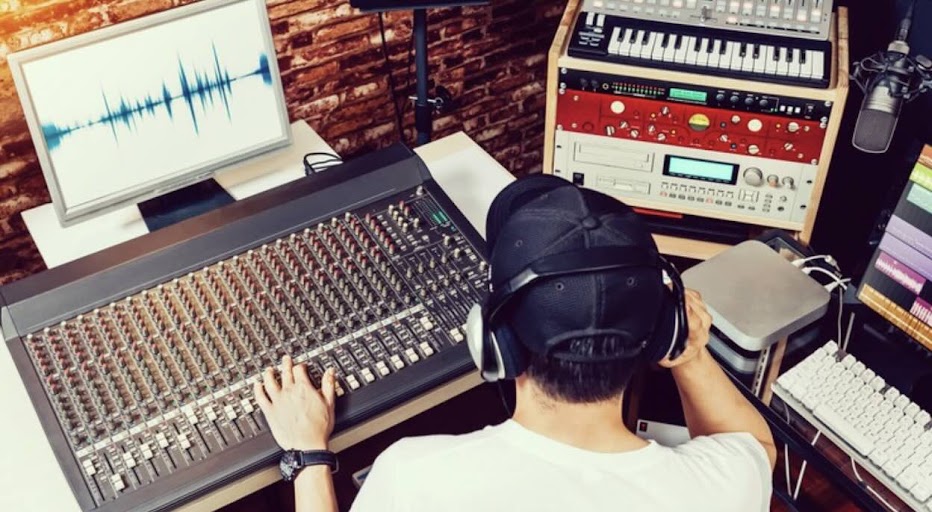The most common acoustic problems
Acoustics is one of the most common issues that a music producer faces in the home studio. Acoustics plays a crucial role in what we hear and how we hear it.
It doesn't matter how great your audio interface is, or how expensive your studio monitors are, if you listen in a room with bad acoustics, the overall sound quality that you get will be less than optimal.
The world of acoustics is complex. Sound waves behave differently according to their frequency. So, low frequencies behave very differently than mid or high frequencies. This also means that the solutions to control each frequency range are different as well.
The two main acoustic problems
In most rooms, there are two main "problems" or areas that need to be addressed. Each one needs a different solution.
Sound Treatment
This issue has to do with the way the sound behaves inside the room. When a sound is produced in a room, it gets reflected back and forth on the different surfaces, walls, ceiling and floor. This creates all kinds of echoes and some reverberation.
These effects must be controlled to have a good listening experience. Without proper acoustic treatment, the sound of recordings or mixes can be confusing. There may be cancellations and colorations that will affect the real sound.
Among the solutions for sound treatment, we have absorbent panels, diffusers and bass traps. We can also use curtains or certain materials on the walls.
All this treatment will improve the listening experience, but they will do a little to tackle the other main problem: soundproofing.
Soundproofing
This problem has to do with sound isolation. We want to avoid that some external sound will come into our room or vice versa. Soundproofing has to do a lot with the materials of the walls, but also with the sealing of doors and windows.
Low frequencies are the most difficult to control. This has to do with the wavelength, as large wavelengths are more difficult to block.
Glass windows are also the weakest links. Glass is not very effective to stop low frequencies, so, it's a good idea to avoid too many windows if possible.
The most important point that we need to understand, is that each problem has a particular solution. A good, all-around acoustic work needs to fix both problems. So, in reality, there's not a simple solution to solve all the acoustic problems of your studio or any other room.
Here, you can watch a video with more info about this.
If you want to learn more about acoustics, please check out my online course Principles of Acoustics for the Home Studio. You can see the syllabus and watch sample lessons here.








0 comments:
Publicar un comentario